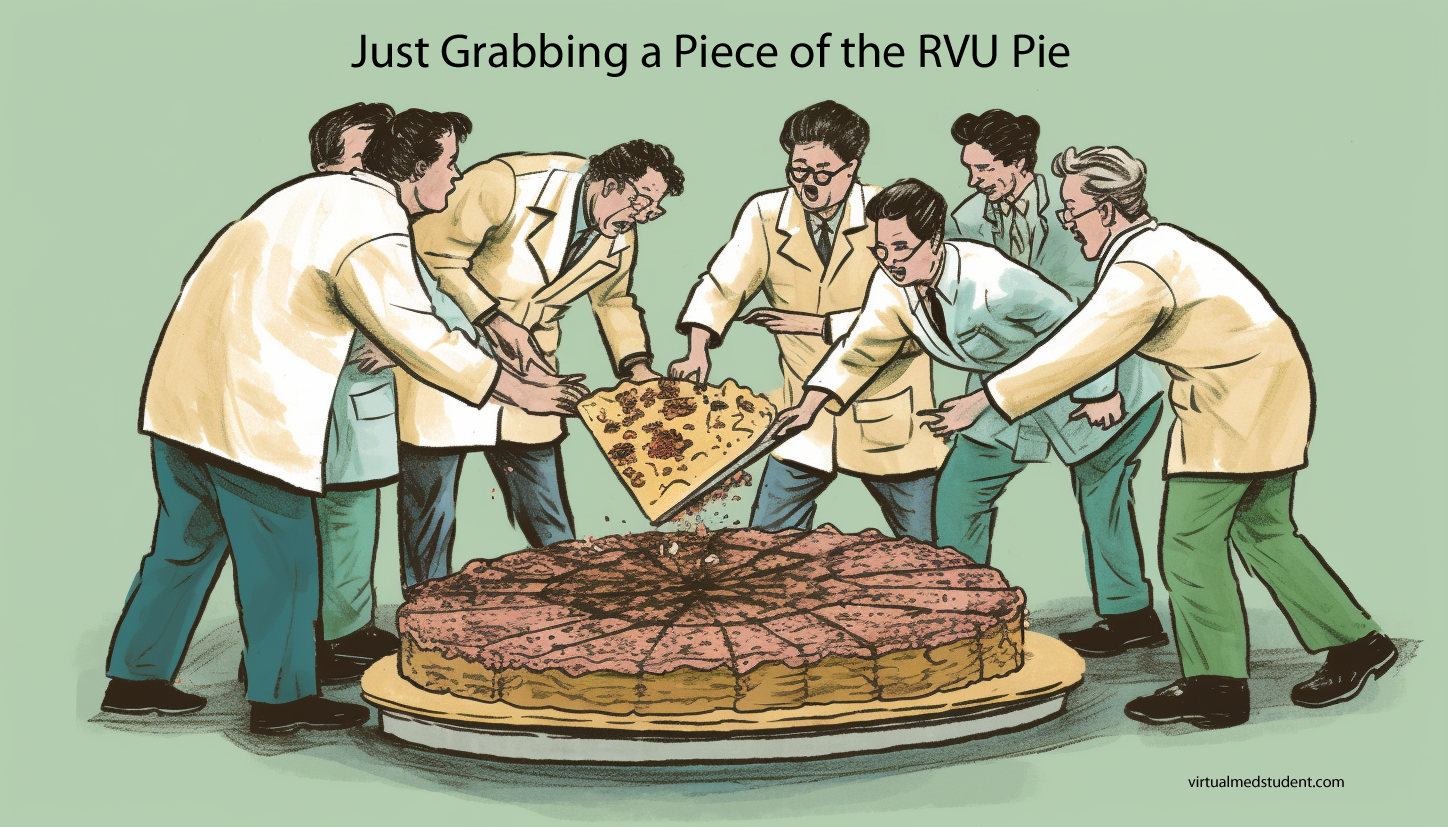It’s Friday night and I’m not on call. It’s a welcome break from a hectic and stressful 80+ hour work week. We are about to sit down to watch a movie – popcorn included of course – and enjoy a nice relaxing evening. The microwave starts beeping to let us know that the popcorn is ready. As the beeping continues my heart rate and blood pressure increase ever so slightly, and I reach down towards my left hip. But something is amiss…
The beep of our microwave is eerily similar to the sound my pager makes when I’m on call at the hospital. Of course, the weird thing is that tonight I’m not on call! Yet I still reflexively reach towards my hip, my mind assured that there is a threat to someone’s life, a threat that I might be able to fix. It’s “pager PTSD”, a condition that seems to afflict many young medical trainees.
I’ve tried battling this baffling condition, but to no avail. Perhaps a different beep tone on my pager’s settings would do the trick? It worked for a little while, but invariably my mind would pick out the tone in a favorite TV show and I’m right back to square one… Reaching for that damn left hip.
I’ve even tried putting my pager on vibrate mode. This also worked for a little while until my psyche accommodated… The gentle pull of a blanket, or even my shirt moving in the wind would mimic the vibration, and of course I would reach down. Clearly, someone needed my help, and if I wasn’t there to answer the chirp (or this time vibration) of the pager something catastrophic might happen.
A close friend of mine has a similar story… Although his is a bit more intense! As a soldier in Afghanistan, he would carry a 9mm handgun on his left hip. In hairy situations he’d reach towards his "nine" in case he needed to quickly defend himself. After his second tour he confided that whenever he heard a loud sound, like a car backfiring, or an ambulance siren, he would instinctively reach towards his left hip, hoping that his gun was there to keep him safe.
Unlike my buddy, we are never personally in danger when our pager’s start chirping. And please don’t get me wrong, most pages a doctor receives are not "life and death" situations. In fact, most are easy to handle, a potassium replacement order here, or a Tylenol order there. However, the real problem lies in the fact that every time the pager starts beeping it’s dealer’s choice. It might be something simple, or it might be someone bleeding to death. You don’t know until you reach down and check the message sitting on your left hip.
It’s funny, but humans are not that much different than animals. We can be conditioned to experience a surge of catecholamines. Like a mouse that gets an electric shock a couple of seconds after a tone is played. As the tone goes off the mouse gets visibly nervous, its heart rate and blood pressure start to rise until the shock is administered. It’s similar in pager PTSD, although the mouse is some poor intern, nervously navigating the hospital, waiting for the next medical emergency to present itself.
As I’ve become more senior in my training I fortunately no longer have the visceral reaction when my pager beeps. This is probably because I am more confident in my ability to handle most of the things that might be waiting for me. But interestingly, I still find myself reaching for my left hip even when I am not on call… It’s ingrained in the deepest part of my being. It’s part of being a doctor…
Related Articles
